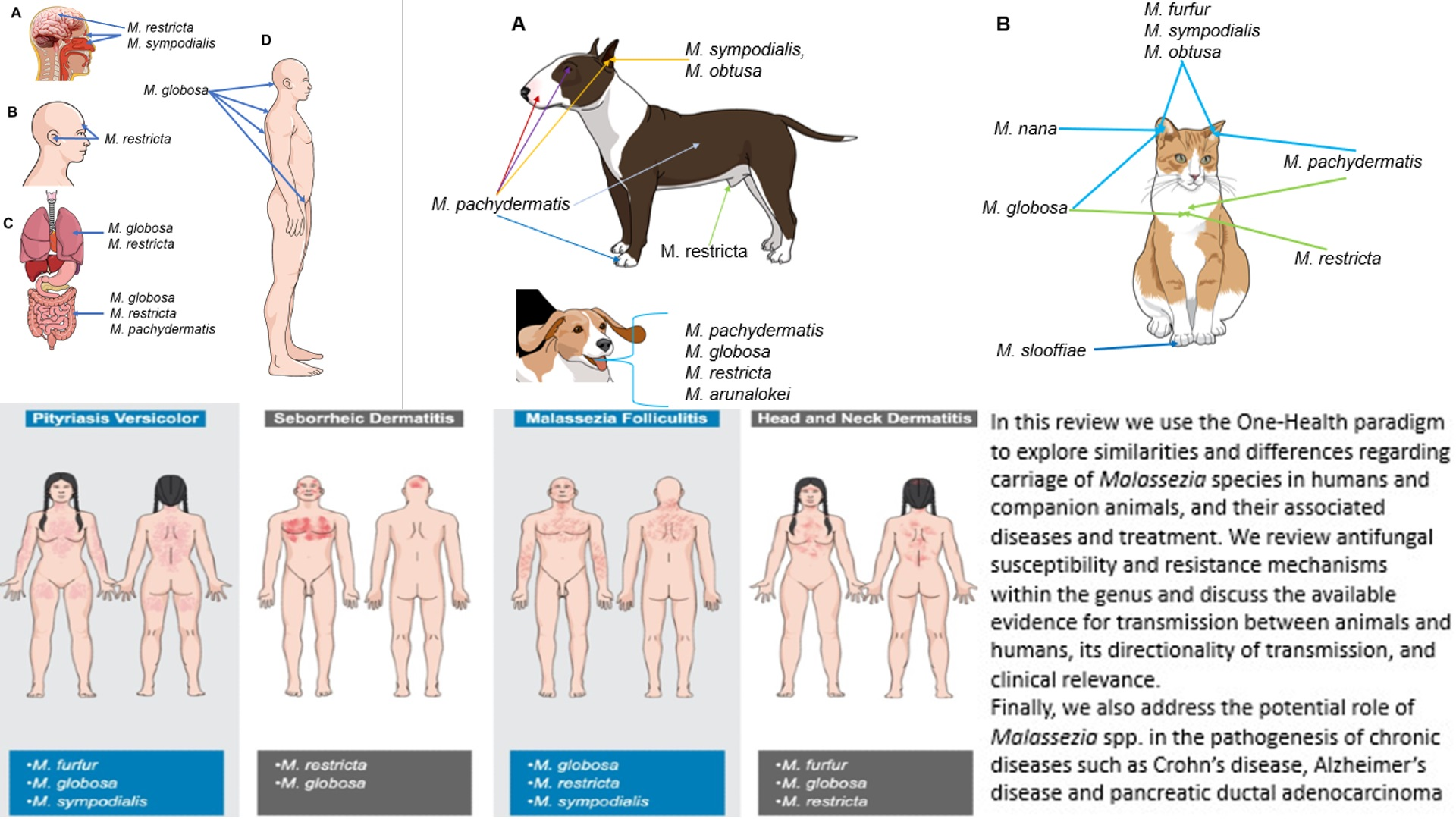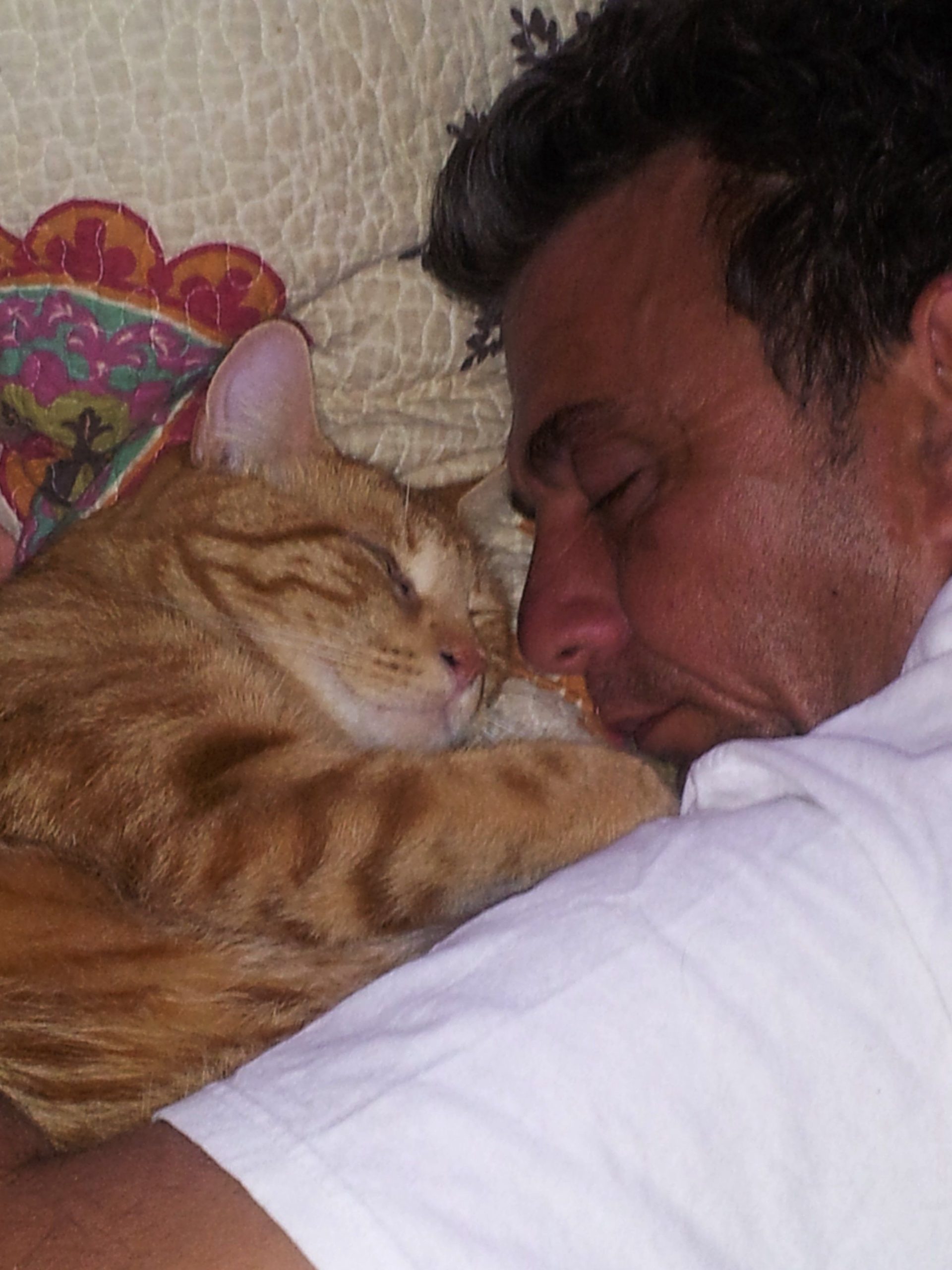Contents
I. Introduction

Puberty is an important stage in the life of a Persian cat. It marks the beginning of their transition from a kitten to a mature adult. Just like with humans, this period brings about various physical and behavioral changes in feline adolescents. Being aware of these signs can help pet owners understand and adapt to the needs of their growing Persian cats.
In this article, we will explore eight common signs that indicate when a Persian cat has reached puberty. By familiarizing yourself with these signs, you can provide the necessary care and attention to ensure a smooth transition for your furry friend.
1. Changes in Physical Appearance
One of the first noticeable signs of puberty in Persian cats is the change in physical appearance. They may experience rapid growth, becoming larger in size and gaining weight. Their coat might also undergo changes, becoming thicker and more lustrous. Additionally, male Persian cats may develop a more muscular physique.
2. Heat Cycles in Female Cats
Female Persian cats will start experiencing heat cycles once they reach puberty. The onset of their reproductive cycle is marked by behavioral changes and vocalization. They may become more affectionate, exhibit restlessness, and attract the attention of male cats. It is essential to spay your female cat if you do not plan on breeding her.
3. Increased Urination and Spraying
Male Persian cats, upon reaching puberty, may begin marking their territory by spraying urine. This behavior is driven by their natural instinct to establish dominance and attract potential mates. Neutering can help curb this behavior and prevent unwanted spraying.
4. Aggressive Behavior
During puberty, both male and female Persian cats may display aggressive behavior. This aggression can manifest in various ways, such as biting, scratching, or hissing. It is important to provide proper socialization and training to help them channel their energy in a positive manner.
5. Increased Vocalization
As Persian cats go through puberty, they may become more vocal. They may meow or yowl more frequently, especially during their heat cycles. This increased vocalization is their way of communicating their needs and attracting potential mates.
6. Seeking Independence
Puberty is a time when Persian cats start seeking independence. They may become more inclined to explore their surroundings and venture outdoors. It is crucial to create a safe and secure environment for them, ensuring they are protected from potential dangers.
7. Changes in Playful Behavior
During the puberty stage, the playful behavior of Persian cats might change. They may exhibit more rough play, showcasing their assertiveness and strength. It is important to provide appropriate toys and engage in interactive playtime to satisfy their natural instincts.
8. Increased Grooming
As Persian cats reach puberty, they may spend more time grooming themselves. This increased grooming behavior helps them maintain their hygiene and establish their identity through scent marking. Regular grooming sessions can help keep their coat healthy and prevent matting.
Understanding these eight signs of puberty in Persian cats can greatly assist in providing the necessary care and support during this transitional period. By being attentive and responsive to their changing needs, you can ensure a happy and well-adjusted Persian cat.
II. Understanding Persian Cats

Persian cats are known for their unique and captivating appearance. With their long, luxurious coats and expressive eyes, they have become one of the most popular cat breeds worldwide. Understanding the nature and characteristics of Persian cats will help you provide the best care and companionship for your feline friend.
1. Origin and History
Persian cats have a rich history that dates back to ancient times. They are believed to have originated in Persia (modern-day Iran) and were brought to Europe in the 17th century. Over the years, breeders have developed different variations and colors of Persian cats, making them even more diverse and beautiful.
2. Physical Features
One of the most distinctive features of Persian cats is their long and silky coat. This coat requires regular grooming to prevent matting and keep it in top condition. Persian cats also have a round face, small ears, and a dense, muscular body. Their large, expressive eyes can be blue, green, or copper in color.
3. Temperament and Personality
Persian cats are known for their calm and gentle nature. They are typically reserved and enjoy a peaceful and quiet environment. These cats thrive on human companionship and make great indoor pets. They are not as active as some other breeds and prefer to spend their time lounging and observing their surroundings.
4. Care and Maintenance
Due to their long coats, Persian cats require regular grooming to prevent tangles and matting. Daily brushing is recommended to keep their fur free from knots and to maintain its healthy shine. It is also important to provide them with a balanced diet, regular veterinary check-ups, and a clean litter box.
5. Health Concerns
Like any other breed, Persian cats are prone to certain health issues. Some common problems include eye drainage, respiratory difficulties, and dental problems. Regular veterinary care, proper nutrition, and a clean living environment can help minimize these risks and ensure your Persian cat lives a long and healthy life.
III. The Puberty Stage in Persian Cats

When it comes to Persian cats, understanding their development and growth stages is essential for their overall well-being. One of the significant milestones in a Persian cat’s life is reaching puberty. This phase marks the transition from kittenhood to adulthood, and it comes with several noticeable changes.
1. Physical Changes
During the puberty stage, Persian cats experience a range of physical changes. Firstly, their body size starts to increase, and they gain weight. Their bones become stronger, and their muscles develop, giving them a more mature appearance. Additionally, their fur becomes denser and longer, which requires regular grooming to prevent matting and tangling.
2. Sexual Maturity
Puberty in Persian cats is closely associated with sexual maturity. Male cats, known as toms, start to exhibit signs of sexual behavior such as spraying urine to mark their territory and becoming more aggressive towards other male cats. Female cats, or queens, start having heat cycles, indicating their ability to reproduce.
3. Behavioral Changes
As Persian cats reach puberty, their behavior may also undergo some changes. They may become more independent and assertive, asserting their dominance within the household. Some cats may also display increased energy levels and playfulness, while others may become more reserved or even moody. This period requires patience and understanding from the cat owner.
4. Need for Socialization
During the puberty stage, Persian cats benefit from continued socialization. Exposing them to different environments, people, and animals helps them develop social skills and reduces the likelihood of behavioral problems in the future. It is crucial to provide them with positive experiences and interactions during this period.
5. Nutritional Considerations
Proper nutrition plays a vital role in supporting the growth and development of Persian cats during puberty. It is essential to provide them with a balanced diet that meets their specific dietary needs. Consultation with a veterinarian can help determine the appropriate type and amount of food to ensure optimal health.
IV. Signs that Your Persian Cat Has Reached Puberty

When it comes to your Persian cat, it’s essential to understand the signs that indicate they have reached puberty. This stage in their life brings about various physical and behavioral changes that you should be aware of as a responsible pet owner. Here are some key signs to look out for:
1. Development of Secondary Sexual Characteristics
One of the first signs that your Persian cat has entered puberty is the development of secondary sexual characteristics. Male cats may start to show an increase in size, with a broader head and thicker neck. Females, on the other hand, might have a more pronounced roundness to their body shape.
2. Changes in Behavior
Puberty can bring about changes in your cat’s behavior. They may become more territorial and demonstrate a strong desire to mark their territory. Male cats might start to urinate more frequently and may exhibit aggressive behavior towards other cats, while females could become more vocal and display signs of restlessness.
3. Increased Energy Levels
During puberty, Persian cats tend to have increased energy levels. You may notice your cat engaging in more frequent play sessions and displaying a higher level of activity. Providing them with toys and interactive playtime can help channel their energy in a positive way.
4. Changes in Vocalizations
As your Persian cat goes through puberty, their vocalizations may change. Male cats might start to produce louder and more intense vocalizations, especially when they are trying to attract a mate. Females may exhibit more frequent and persistent meowing or yowling.
5. Increased Affection
While some cats may become more independent during puberty, others may display an increased need for attention and affection. Your Persian cat might seek more cuddles, head rubs, and lap time as they navigate through this hormonal stage of their life.
As a responsible pet owner, it’s important to be prepared for the changes that accompany your Persian cat’s journey through puberty. By being aware of these signs and understanding their needs, you can provide the support and care necessary to help them transition smoothly into adulthood.
V. Frequently Asked Questions about Persian Cats and Puberty

1. At what age do Persian cats reach puberty?
Persian cats typically reach puberty between the ages of 6 to 9 months. However, it may vary slightly depending on individual factors such as genetics and overall health.
2. How can I tell if my Persian cat has reached puberty?
There are several signs that indicate your Persian cat has reached puberty. These include increased vocalization, spraying behavior, a change in appetite, and a more independent demeanor.
3. Should I consider spaying or neutering my Persian cat?
Spaying or neutering your Persian cat is highly recommended. It not only helps control the cat population but also eliminates the risk of certain reproductive health issues and unwanted behaviors associated with puberty.
4. How do I handle my Persian cat’s spraying behavior?
If your Persian cat starts spraying during puberty, it is essential to address the issue promptly. Consult with a veterinarian to rule out any underlying medical conditions and consider behavioral training techniques to discourage this behavior.
5. Can Persian cats have a successful pregnancy during puberty?
While it is possible for Persian cats to have a successful pregnancy during puberty, it is generally not advisable. Persian cats are prone to complications during pregnancy and may require extra care and attention from both the owner and a veterinarian.
6. How can I ensure my Persian cat’s overall health during puberty?
To ensure your Persian cat’s overall health during puberty, it is crucial to provide a balanced diet, regular exercise, and routine veterinary check-ups. Additionally, maintaining a stress-free environment and providing mental stimulation can contribute to their well-being.
7. Are there any specific grooming needs for Persian cats during puberty?
During puberty, Persian cats may experience changes in their coat texture and density. Regular grooming sessions, including brushing and bathing, are essential to prevent matting and maintain their luxurious coat.
8. Is it normal for Persian cats to become more territorial during puberty?
Yes, it is normal for Persian cats to become more territorial during puberty. This behavior is a result of hormonal changes and is their way of establishing their territory. Providing appropriate outlets for them to exhibit territorial behaviors can help mitigate any potential issues.

Jackson is an accomplished content writer with a flair for captivating storytelling. With a Bachelor’s degree in English Literature from the prestigious University of California, Berkeley, Hunter’s educational background has honed his writing skills to perfection. His love for felines is evident in his extensive knowledge of cat behavior and care, making him an expert in the field. Hunter’s passion for cats has led him to contribute insightful articles to various online platforms, providing valuable information and tips to cat owners worldwide. With his exceptional writing abilities and deep understanding of cats, Hunter continues to create engaging content that resonates with readers and leaves a lasting impact.
